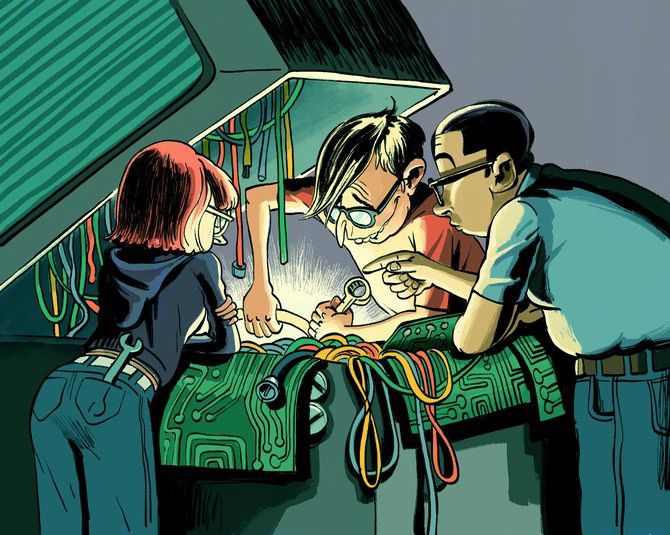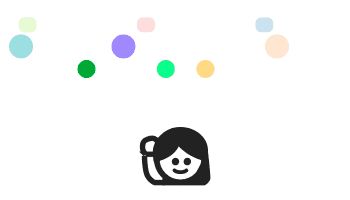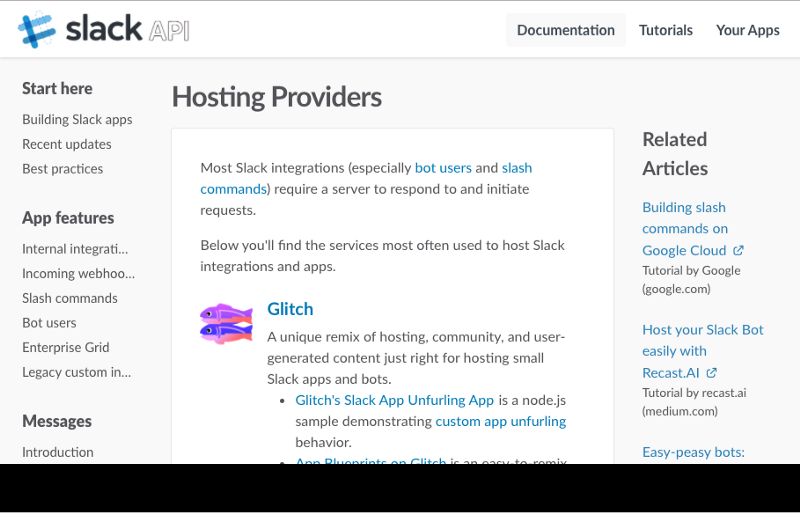How Glitch is Growing

One of our biggest goals in launching Glitch was to remind people of that initial promise of the Internet — that the web would be something that any of us could build on, that we could use code to solve little problems or to express ourselves. And our community’s response exceeded even our wildest expectations.
One great example of this is “It’s Time To Make Code More Tinker-Friendly” in the latest issue of Wired, which perfectly captures the spirit of Glitch:

It’s fantastic that the creativity of the Glitch community is reminding so many people of what drew us to the web in the first place.
While it’s nice to get great press stories talking about Glitch, the most important measure of success for us are the things that we see you creating with the platform. And that creativity spans everything from up-and-coming startups to sporting events like Formula 1 racing.
For example, take a look at the story Sam Wilcoxon is telling about building a startup that raised $1M for its new product — built entirely on Glitch:
We were excited to see Sam tell that story at the NYC Nodejs meetup.
Creating things with code isn’t just about startups getting funding, though — it’s also about turning fun moments of inspiration into something that connects people around the world.
Take Jake Archibald, who saw a fun Twitter thread about the response time of Formula 1 drivers:
From that little spark, Jake created a fantastic and fun game that, while simple, is oddly addictive. It just tests how fast you’re able to react to a simulated F1 start. (Try it when you’re ready to tap as fast as your thumb is able.)
And then Jake’s little game took on a life of its own, first being picked up by Formula 1 enthusiast site WTF1, and then graduating into a whole video of top F1 drivers being filmed in London while they try out the app for themselves. Hundreds of thousands of people have checked it out already:
That’s what we find hugely inspirational about Glitch — it’s not about the complexity of your code, it’s about whether you have ideas that connect to the cultural moments that people find to be funny or inspiring or exciting.
Glitch is also growing by leaps in bounds in its ability to help people try new technologies and learn how to use them. One of the key parts of that effort is Glitch for Platforms, the set of tools that companies can use to help developers discover and build on top of APIs or SDKs.
Developers at every skill level are using Glitch’s help feature, which lets you just raise your hand to get help right in the editor as you code. If you’ve never experienced multiplayer coding where more than one person can code in the same file at the same time, it feels like a revelation.

At a deeper level, though, Glitch for Platforms is enabling some really new experiences. Platforms like Facebook Messenger are putting the “Remix on Glitch” button right onto their documentation pages, and toolkits like Howdy’s Botkit are building “Remix on Glitch” buttons directly into their code examples.
Glitch’s support for easy remixing of ready-made bots and apps is taking off, too. So if you want to learn how to add a powerful search API to your apps, Algolia’s excellent examples provide the perfect starting point to get started in no time. Slack has gone all-in on great Glitch examples, expanding past its list of example bots, slash commands and apps to a full set of “app blueprints” that make it downright effortless to build integrations for Slack.
Want a simple app that requests approval before a message is posted into a Slack channel? Slack’s got a blueprint for exactly that, along with many other common scenarios. Those kinds of great developer experiences are part of why we’re so excited that Slack has listed Glitch alongside platforms like AWS Lambda, Google Cloud and Heroku as a Hosting Provider.

Similarly, our friends at Trello have gone all-in on making Glitch a great way to build Power-Ups for Trello — their gallery of example power-ups and apps is the perfect place to begin.
In all, we see more and more of the most interesting companies on the web embracing Glitch as the best and easiest way to get developers building on their platforms. You can join them: just read more about Glitch for Platforms to learn what’s available for your SDK or API today, and stay tuned for even more exciting new tools coming soon.
Finally, you might not have caught this one if you are logged into Glitch, but we’ve started our first steps towards making it easier to explain Glitch to new users, especially those who may not have coded before.
We’ll be taking a lot more steps to ease your way into Glitch, but in the meantime, here’s a witch and a turtle! Yay! 🎏

